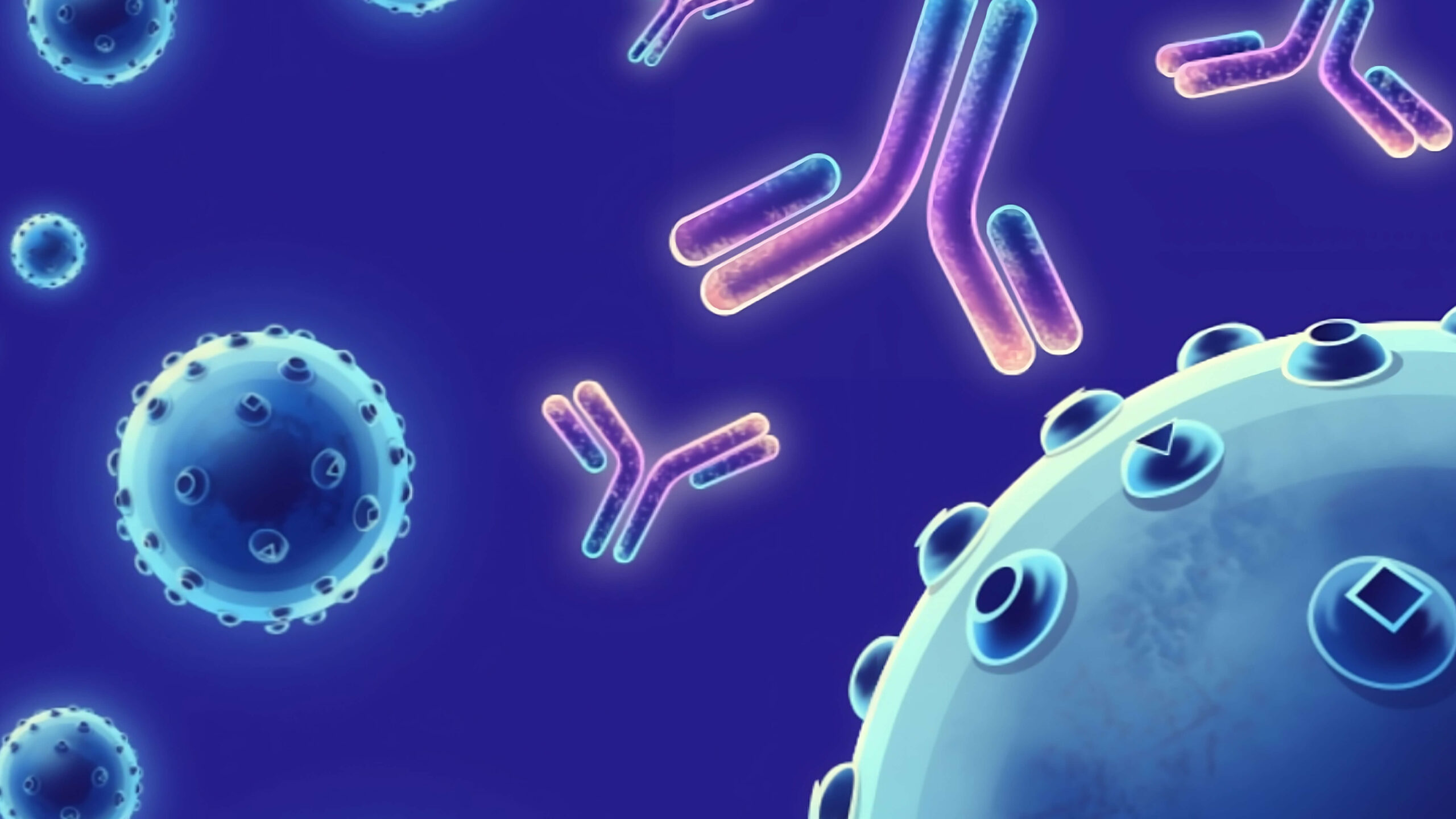Description
LDL Receptor, also known as LDLR, is a mosaic protein that belongs to the Low-density lipoprotein receptor gene family. The low-density lipoprotein receptor (LDLR) gene family consists of cell surface proteins involved in receptor-mediated endocytosis of specific ligands. LDL Receptor consists of 840 amino acids (after removal of signal peptide) and mediates the endocytosis of cholesterol-rich LDL. Low-density lipoprotein (LDL) is normally bound at the cell membrane and taken into the cell ending up in lysosomes where the protein is degraded and the cholesterol is made available for repression of microsomal enzyme 3-hydroxy-3-methylglutaryl coenzyme A (HMG CoA) reductase, the rate-limiting step in cholesterol synthesis. At the same time, a reciprocal stimulation of cholesterol ester synthesis takes place. LDL Receptor is a cell-surface receptor that recognizes the apoprotein B100 which is embedded in the phospholipid outer layer of LDL particles. The receptor also recognizes the apoE protein found in chylomicron remnants and VLDL remnants.
Target
LDLR
Target Alias Names
FH, FHC, LDL R, LDL Receptor, LDLCQ2
Isotype/Mimetic
Rabbit IgG
Animal-Derived Biomaterials Used
Yes
Sequence Available
No
Original Discovery Method
Phage display technology
Antibody/Binder Origins
Animal-dependent discovery (in vitro display, OR immunisation pre-2020), In vitro recombinant expression, Animal-derived biomaterials used in production or final formulation

